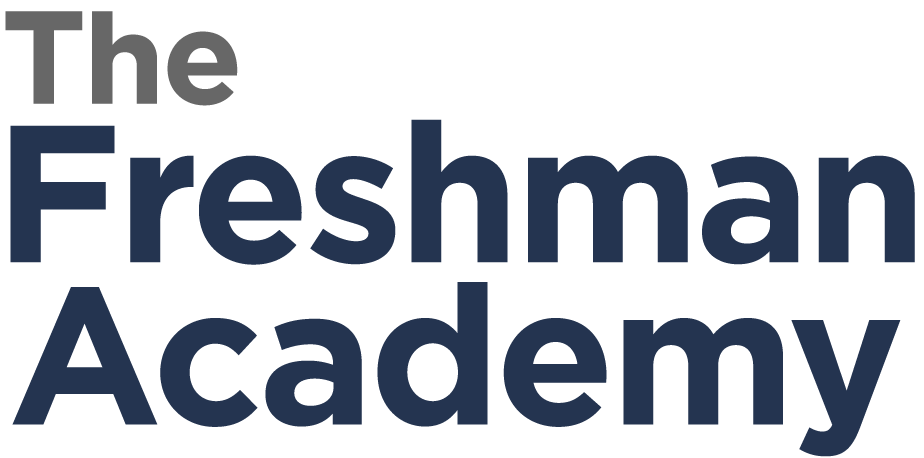Persuasion or Partnership
Since the fall of 2008 I have sought to persuade freshmen to do their homework. As of today, I am looking to partner with them. The difference is dramatic and the results could disappoint.
From the very beginning we set out to change the economy of freshman decision-making at home by hosting a lunch for students that don’t do their homework. The idea was to force freshmen to consider their options when they got home: “Do I do my homework now and avoid lunch away from my friends tomorrow?” That’s the question we wanted them asking and hoped that they would do their homework.
To a large degree this approach has been successful. Last year 95.6% of our 450 freshmen moved to sophomore status as compared to 90% and 85% at our other two public high schools. Our semester tests scores are consistently higher in Algebra I, Physical Science, and World Geography, and we keep pace in English despite our significantly higher numbers of bilingual students and a higher level of poverty.
Our approach has been to force students to do homework. We have created space and time, eliminated distraction, and held students accountable for incomplete work. The missing ingredient was thought to be time. Students live distracted lives, many of them, and creating structure and space for homework has been our chief aim. And it has worked.
Despite a higher level of poverty, Washington High School’s graduation rates for the 2014-2015 are higher than the other two high schools in our city. This is due to beginning high school well through The Freshman Academy and then being successfully educated to graduation.
So why the change? Why would we take a perfectly good approach that generates results comparable to any high school in American and totally undermine the driving intervention for the lowest quartile?
The answer: The results are too structurally dependent. The results are dependent on us. We have built a structure into which students find success. We have crafted a program that transitions students well into high school, but are they ready for 10th grade? Are they ready for the hill to get steeper? Have they learned about who they are as a learner, as a student? Are they self-aware of how they need to do school?
Our focus has been academic and structural. An area of growth can be found in process. An area of growth can found in partnership. Recent research found in such books as The Power of Habit (2012) by Charles Duhigg and Grit (2016) by Angela Lee Duckworth is pointing us toward the power of what I am calling partnership. They refer to it as habit and grit, respectively.
Instead of creating structures that are external to the student, there appears to be great potential in spending time taking the long view and creating structures and habits within the student that they then take with them as they move through high school.
The level of energy needed is equal to and maybe even greater than what is used in persuasion, but the long-term implications could be significant and well worth the risk.
My initial structure, and before our summer inservice as a Freshman Academy, focuses on the emotional reward and academic reality of being ready.
Ready for today.
Ready for the test.
Ready for 10th grade.
Ready for graduation.
Ready for those next steps beyond high school.
This is understandable to all involved. Are you ready? We can measure that.
One measurement of readiness is homework completion. If an entire class comes with their homework finished, it could be said that they are ready for the day.
A lack of readiness on the part of students, I believe, can impact attendance, focus, participation, and a readiness to learn. Just last week I talked with a group of incoming freshmen about the impact of not having their homework done. They were unanimous in feeling the stress and distraction that it brings when they enter the classroom knowing they aren’t ready.
If we taught freshmen to be ready, we could significantly and positively impact their school experience.
I believe The Freshman Academy has the structures in place to attend to such a task.
The structures that will be fleshed out over the next six months start with this:
To be ready, a freshman must . . .
Think
Organize
and Act
Finding the key habits and partnership pieces to make these simple steps a daily part of a freshman’s life will be the work of all of us, especially the freshmen. It is a fascinating partnership to consider, and it changes much of what we do.


